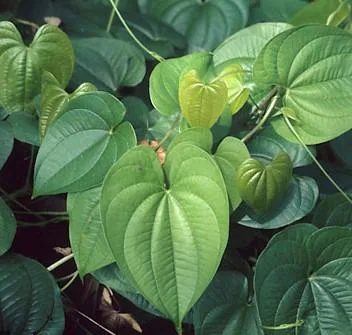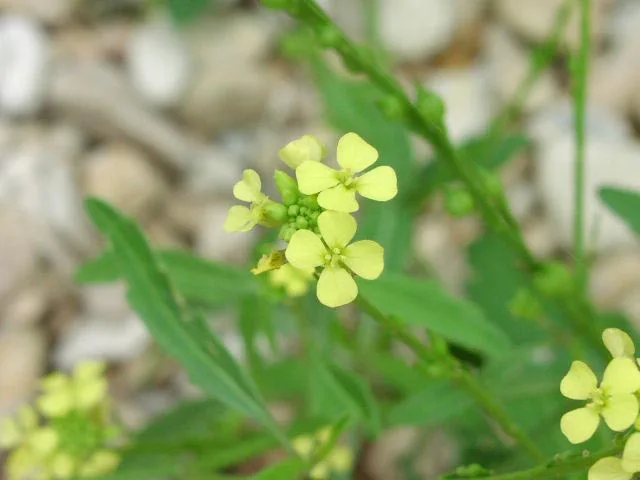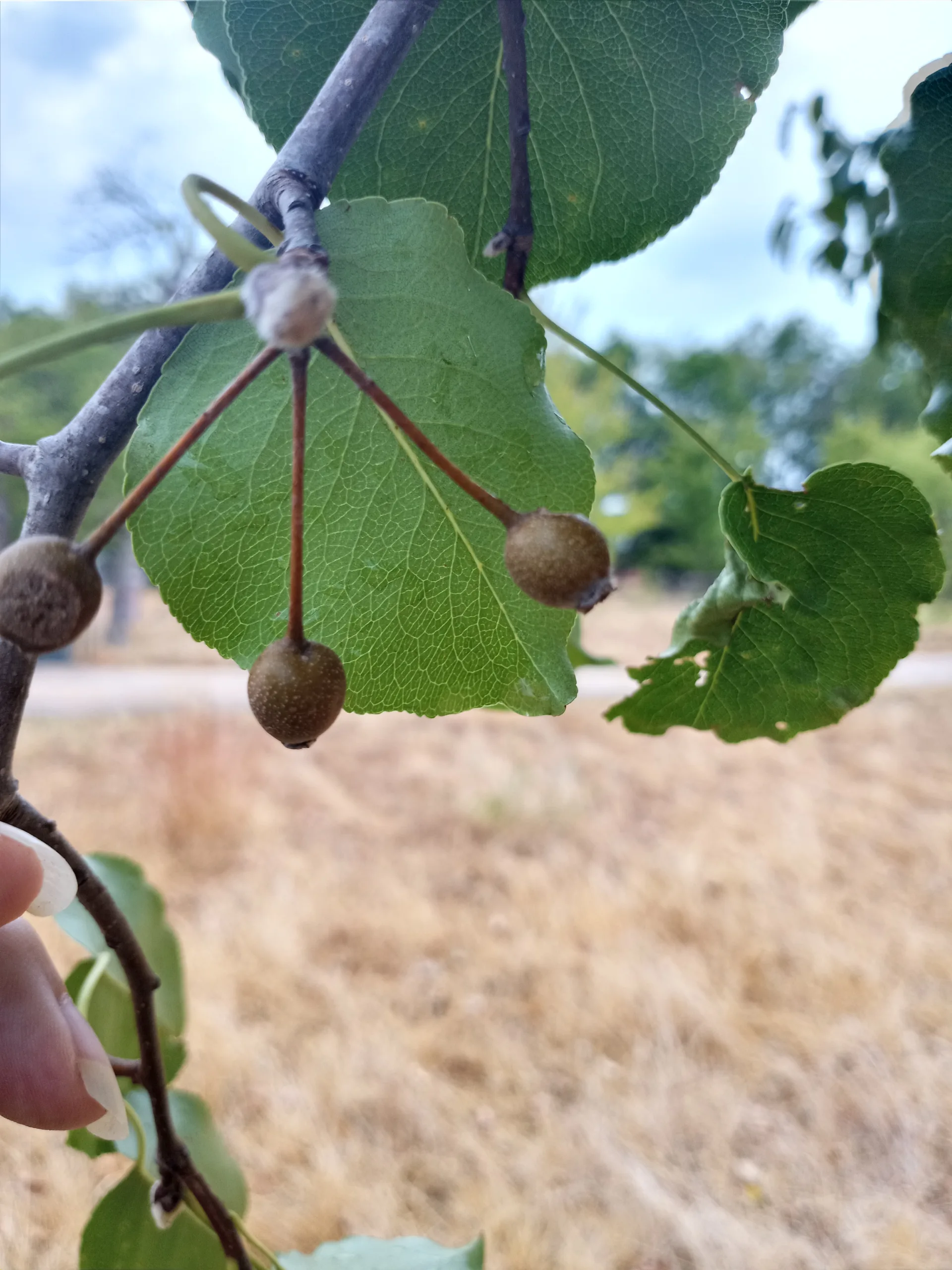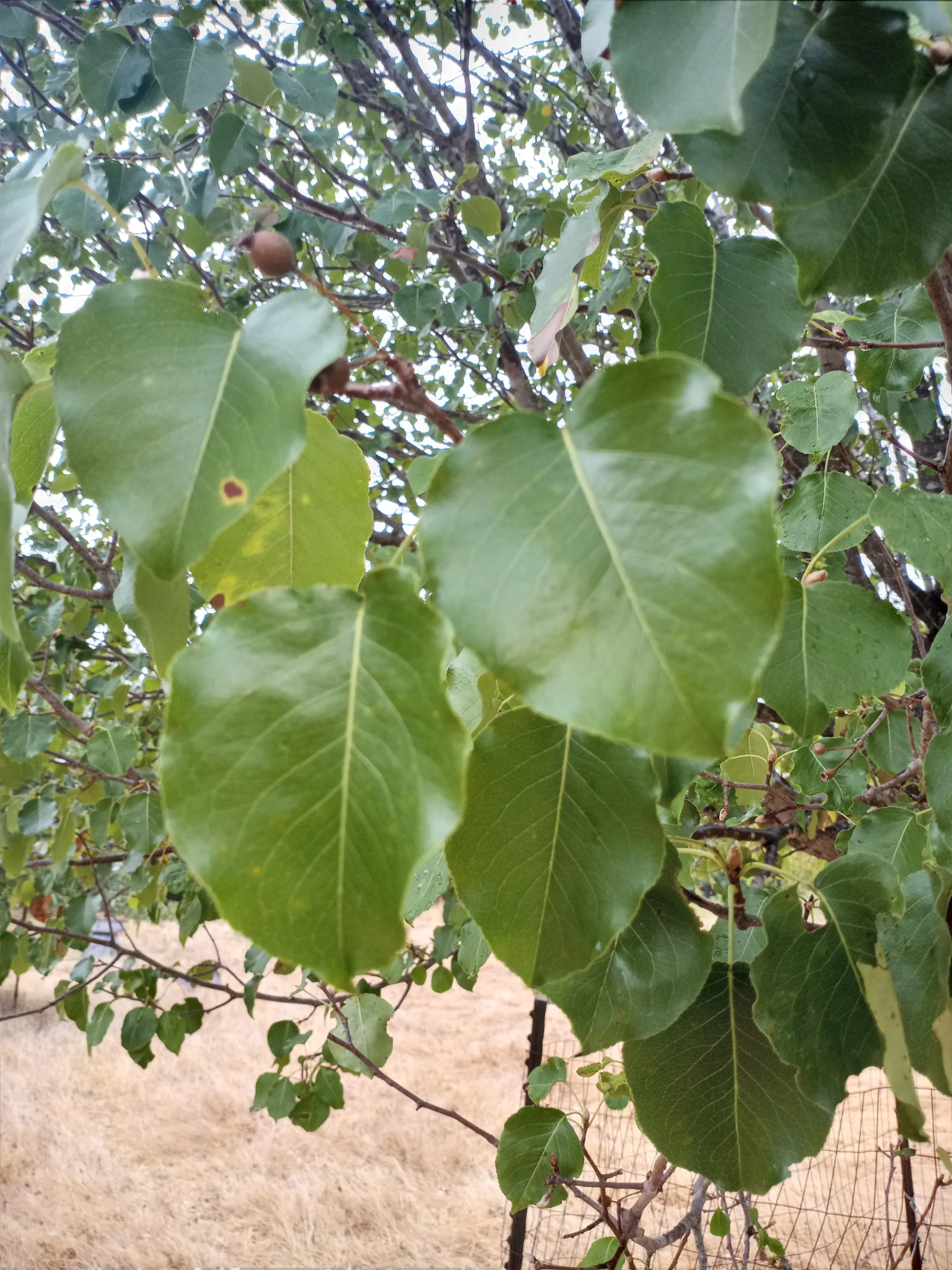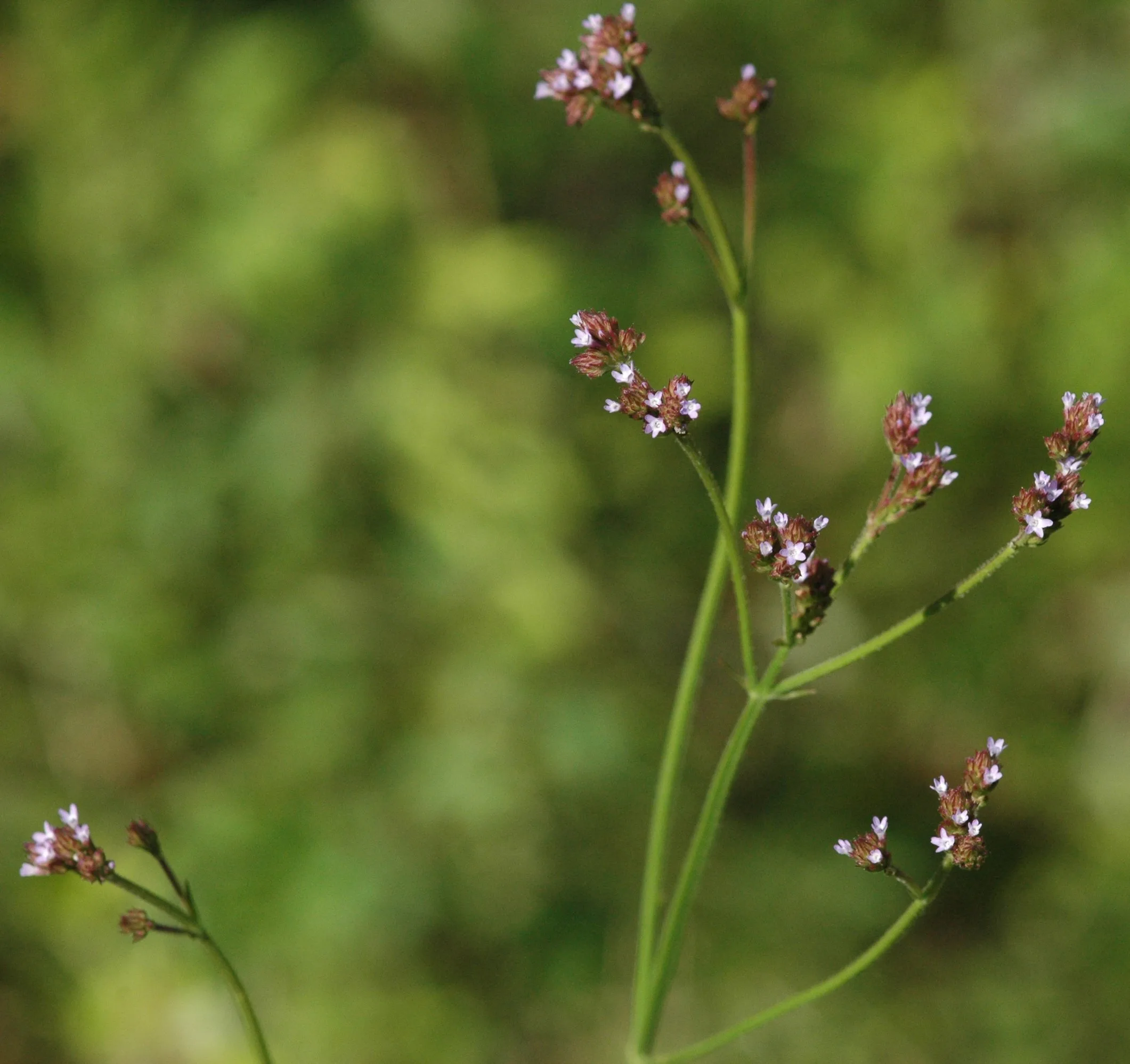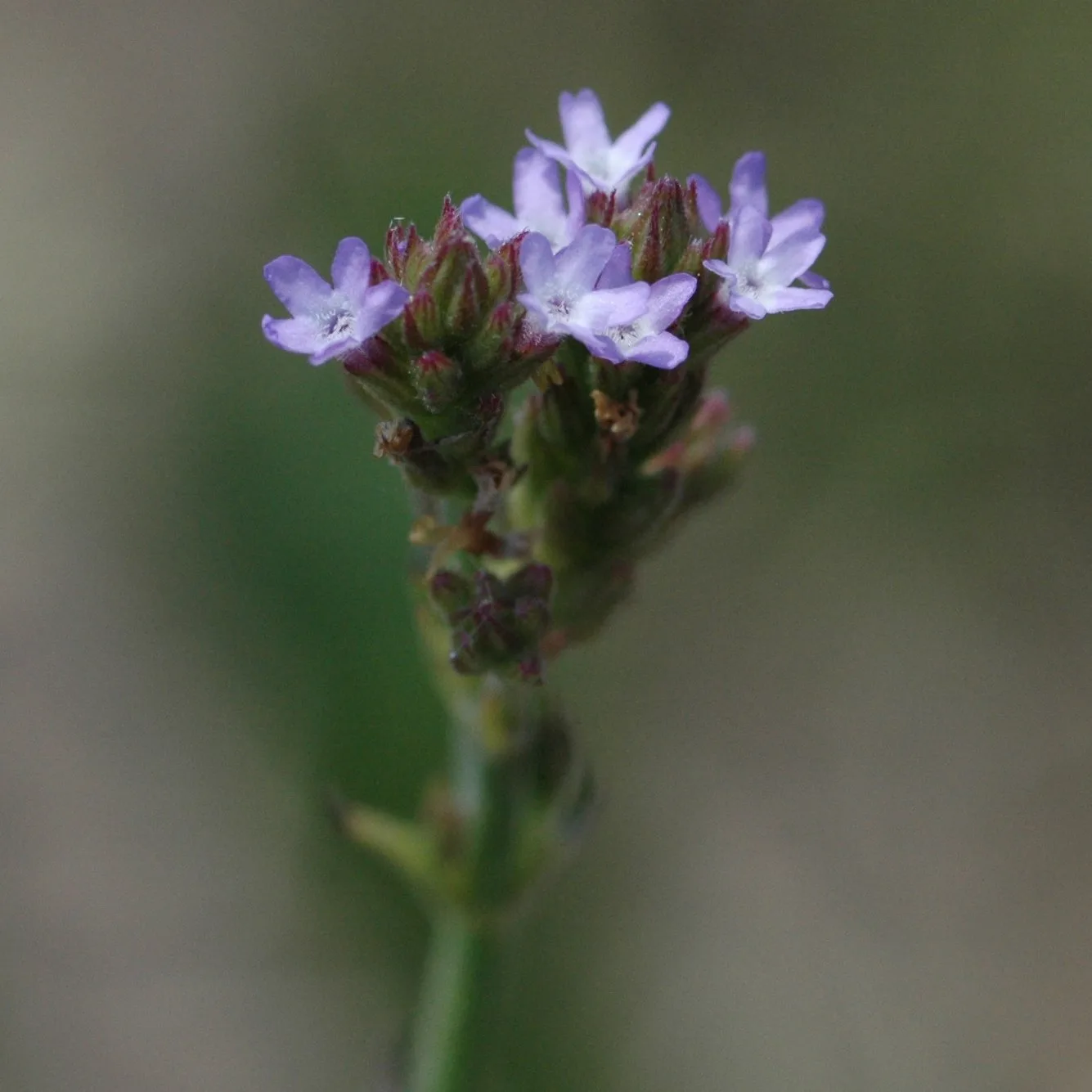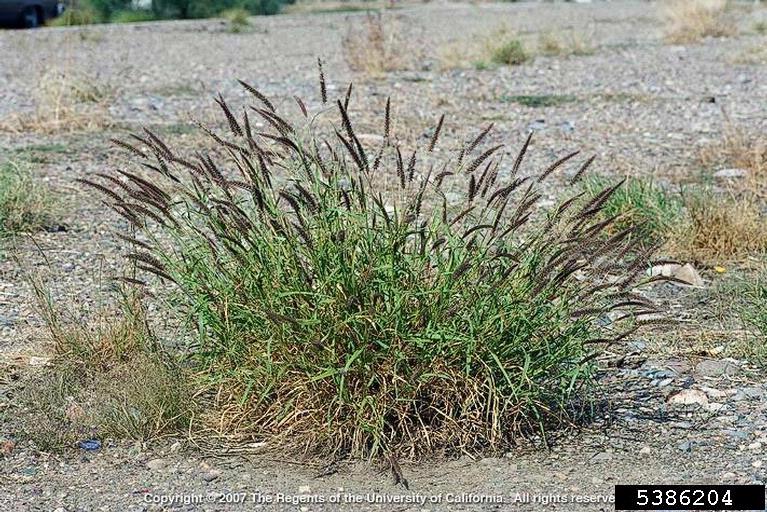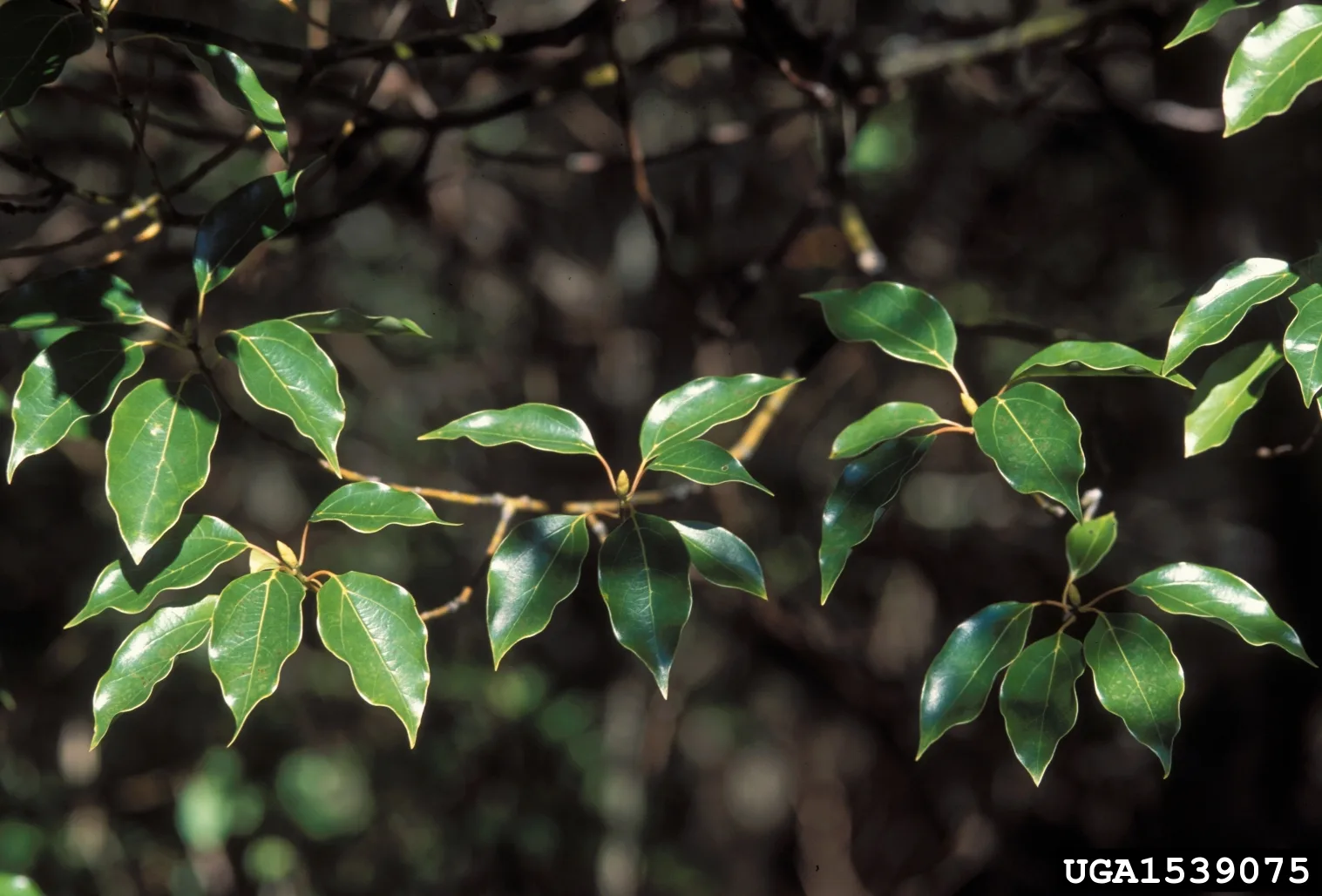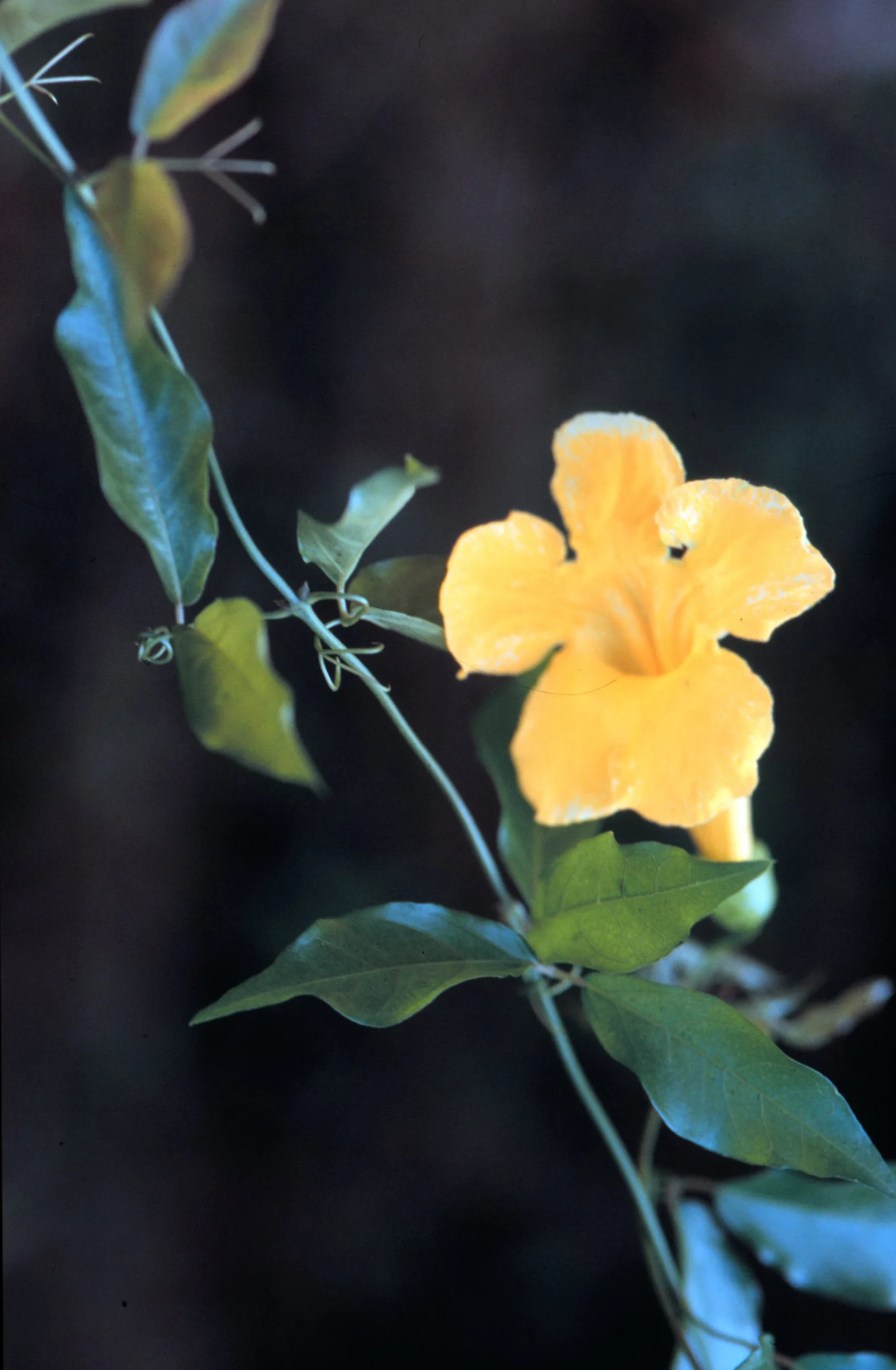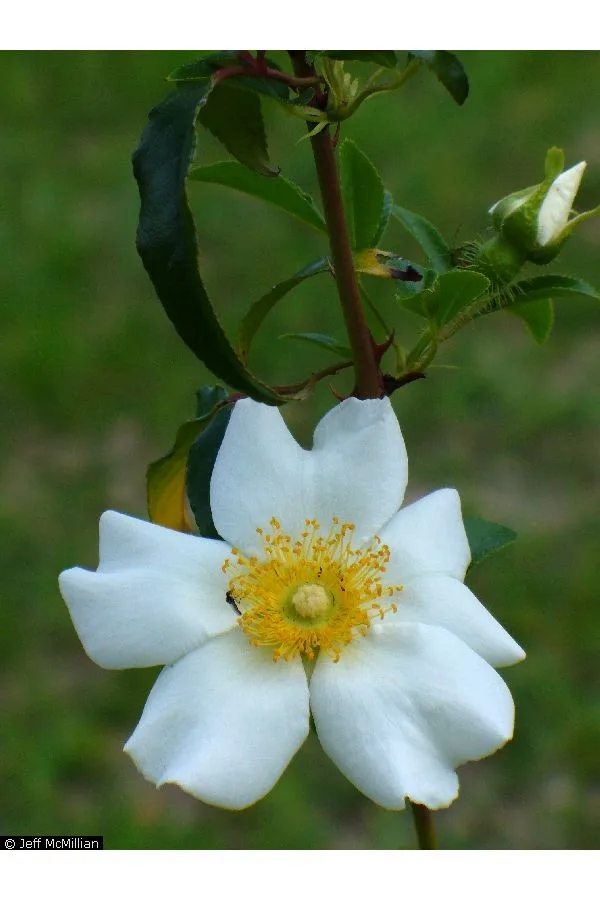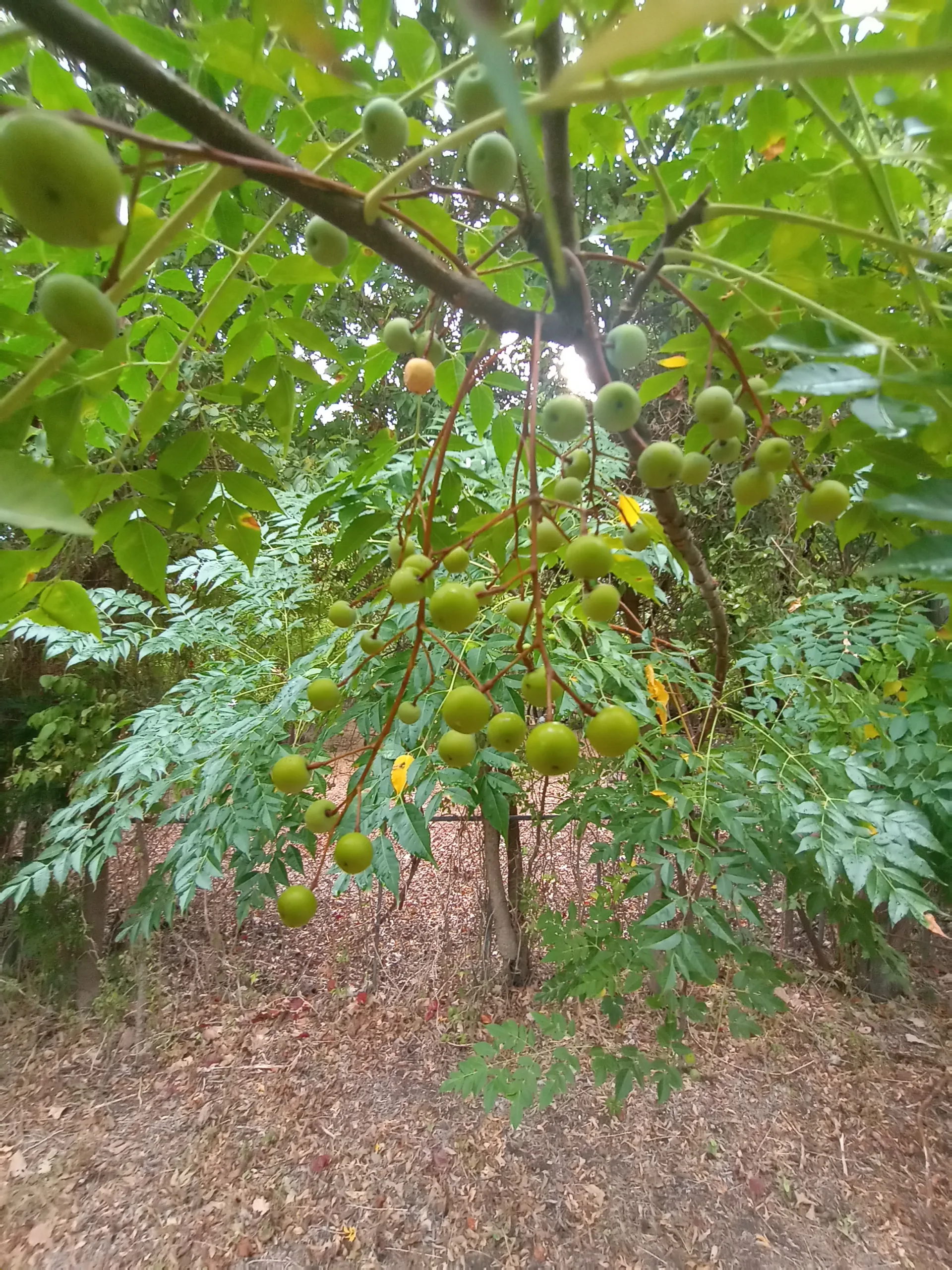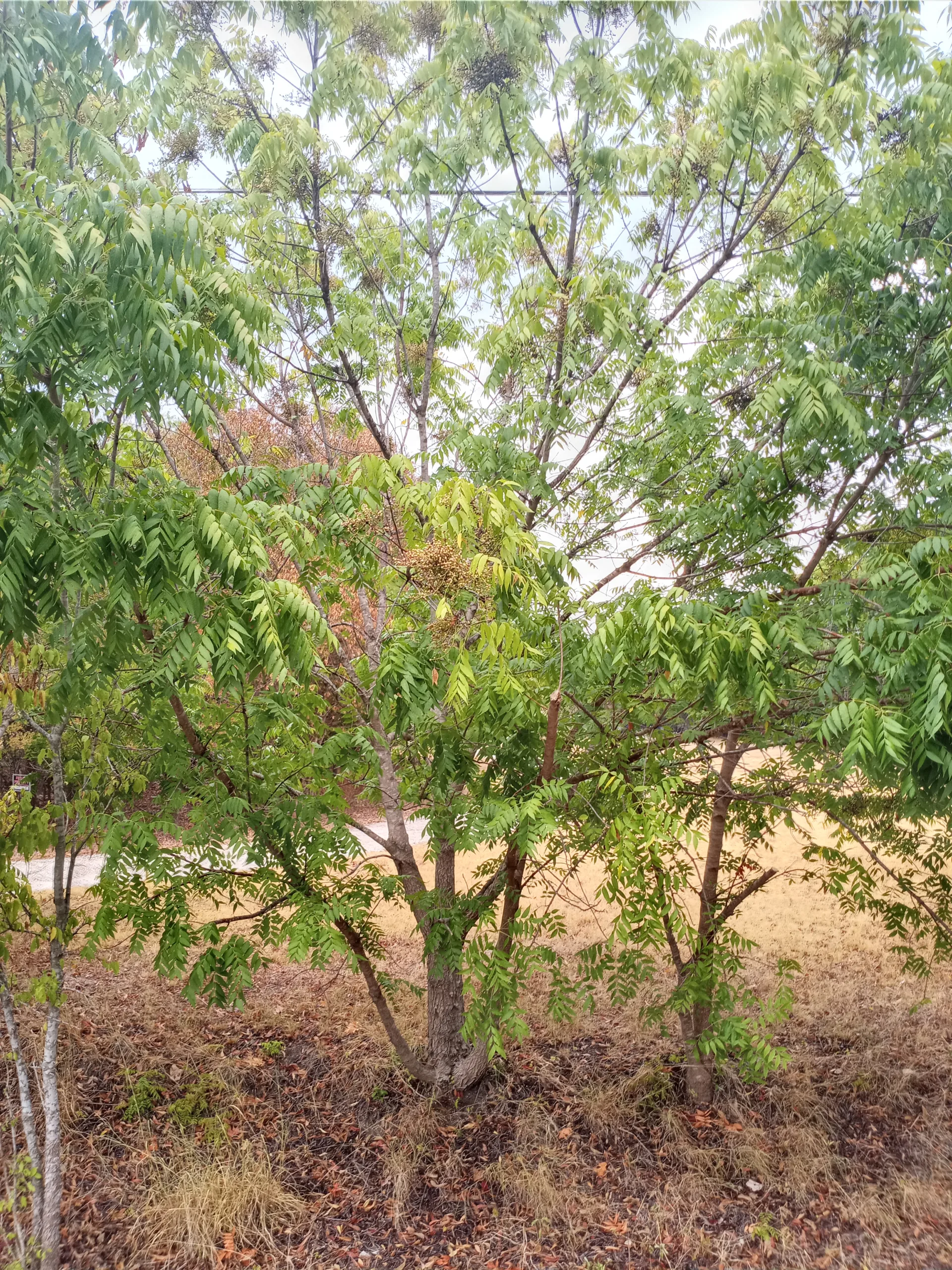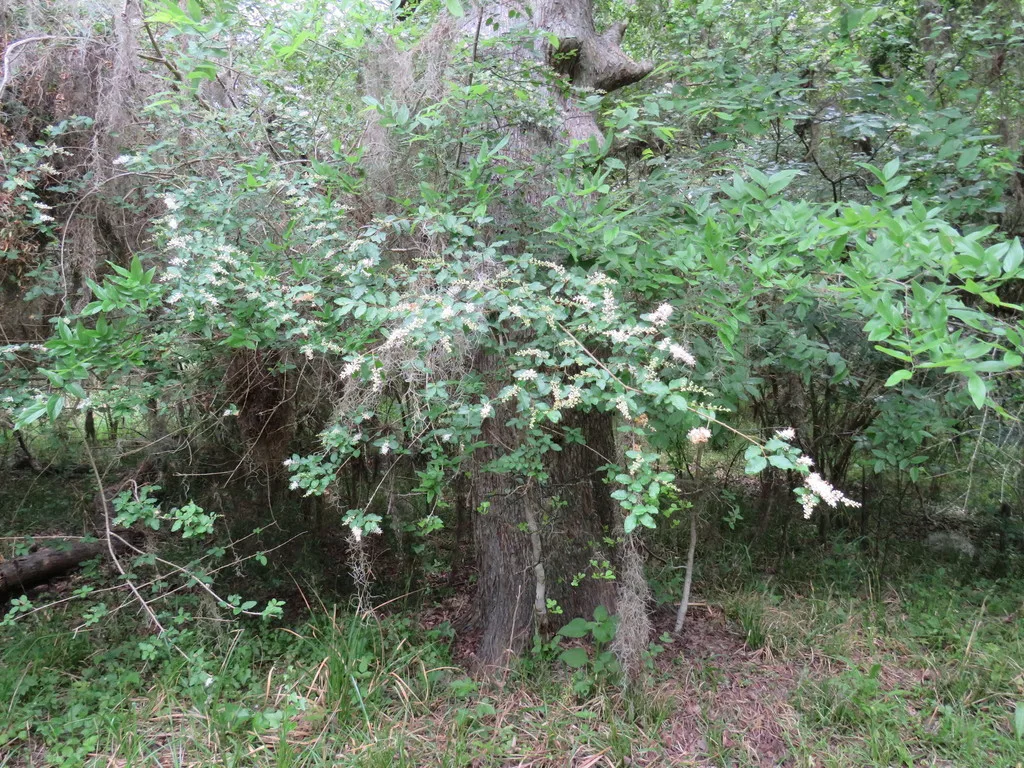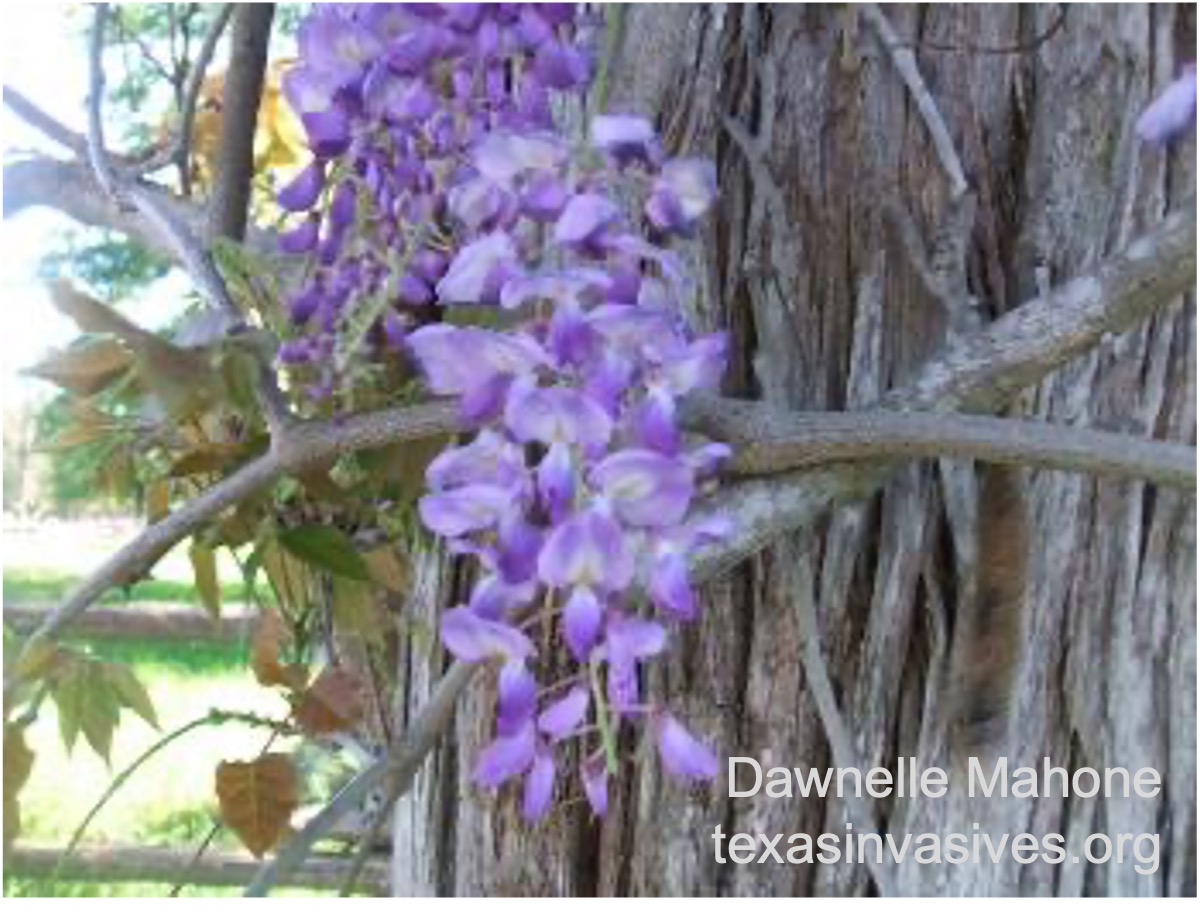
On a global basis … the two great destroyers of biodiversity are, first, habitat destruction and second, invasion by exotic species.
E. O. Wilson, Father of Biodiversity
Our Mission
The mission of the NPSOT Invasive Plant Committee is to convey the harm caused by invasive plants, to provide informational resources to identify and manage invasive plants, to support invasive plant removal and to restore habitats with native plant alternatives.
To contact the Invasive Plant Committee, send us an email
Negative Impact of Invasive Plants
- Contribute to the decline of our natural biodiversity.
- Impact the health of ecosystems by displacing native plants.
- Impact nature’s balance on which all species, including humans, depend.
In order to preserve the biodiversity and conserve natural habitat quality throughout our state, the Native Plant Society of Texas encourages the use of native plants on public and private lands and discourages the use of invasive plants.
Invasive Plant Database
To search for plants in the invasive plant database, use the search box below and filter by type of plant if desired and press Submit.
You can enter the plant’s common or scientific name, or other relevant criteria to refine your search.
The database will return matching invasive plants, along with detailed information about each species’ characteristics, impacts, and more. We also show information about removal and appropriate native species replacements for your ecoregion.



